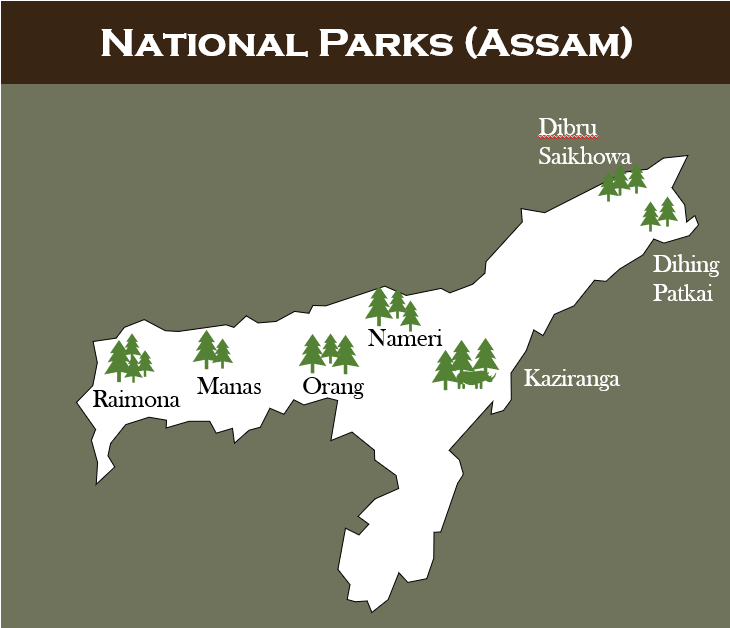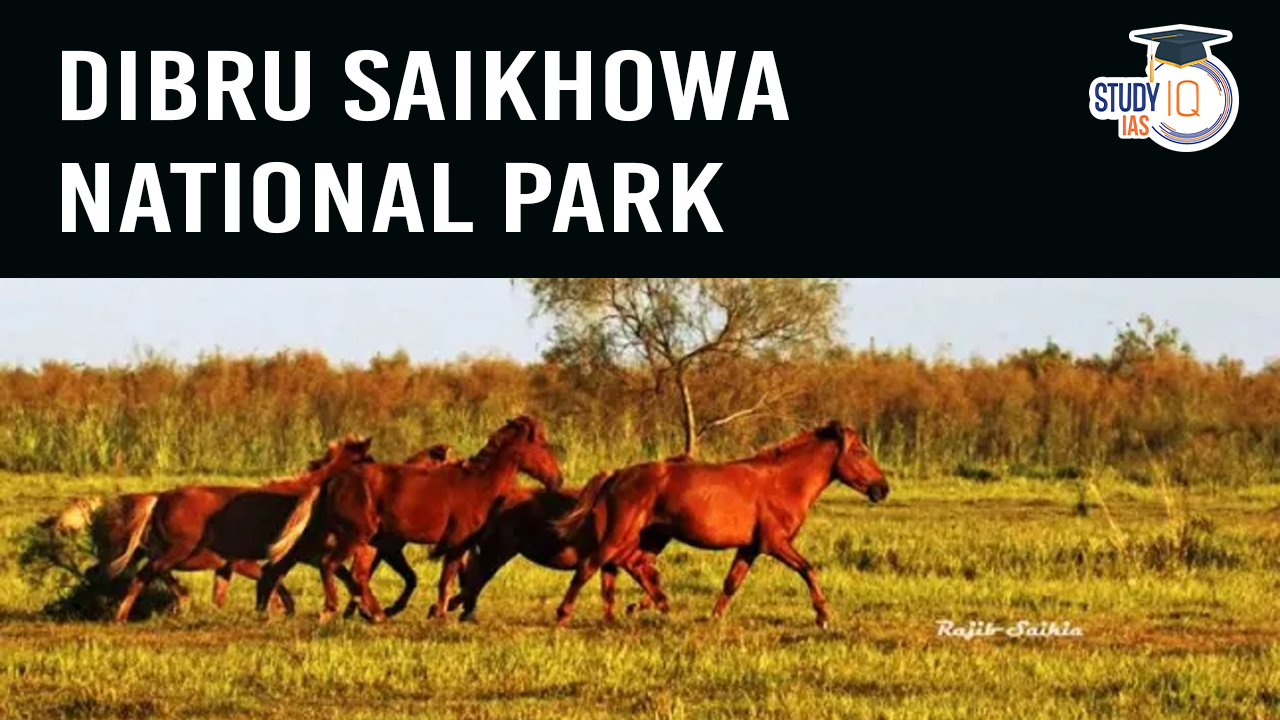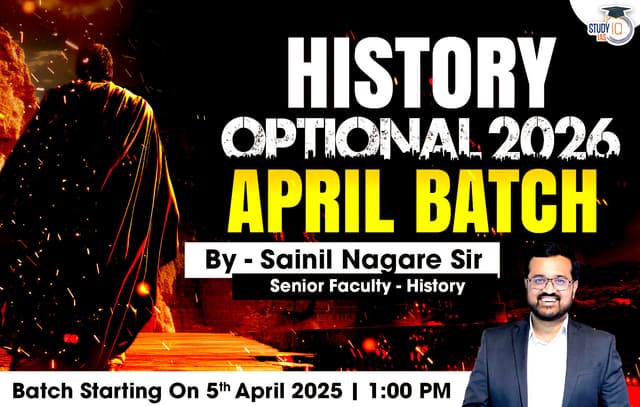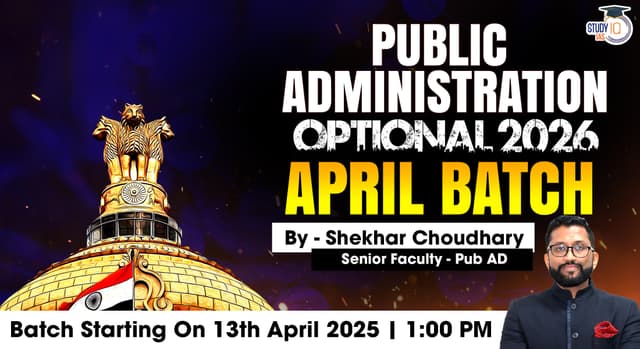Table of Contents
Oil India Limited (OIL) has requested the Ministry of Environment, Forest, and Climate Change (MoEFCC) to approve a research and development (R&D) study in Dibru Saikhowa National Park, Assam. This comes after the rejection of OIL’s earlier proposal for hydrocarbon extraction in the ecologically sensitive region. The study aims to explore environmentally sustainable methods for resource utilization while ensuring minimal disruption to the park’s biodiversity.
About Dibru Saikhowa National Park
Location and Geography
- Situated in: Dibrugarh and Tinsukia districts of Assam, India.
- Declared as:
- Biosphere Reserve: 1997.
- National Park: 1999.
- Boundaries:
- North: Brahmaputra and Lohit Rivers.
- South: Dibru River.

Ecological Significance
Dibru Saikhowa is one of India’s most biodiverse floodplain ecosystems, characterized by swamp forests, grasslands, and wetlands. The park is an Important Bird Area (IBA) and serves as a crucial habitat for several threatened species.
Flora and Fauna
- Originally established to protect: The rare white-winged wood duck (Asarcornis scutulata).
- Notable Wildlife:
- Mammals: Bengal tigers, Indian leopards, Asian elephants, wild water buffaloes, and feral horses (descendants of horses abandoned during World War II).
- Birds: Over 300 species, including migratory birds like the spot-billed pelican and Baer’s pochard.
The R&D Proposal by Oil India Limited
Oil India Limited, a leading public sector oil and gas company, has been seeking permission for hydrocarbon exploration in Dibru Saikhowa. However, the extraction proposal was previously rejected due to environmental concerns. The company has now shifted its focus towards an R&D study, which aims to:
- Assess the environmental impact of hydrocarbon exploration in fragile ecosystems.
- Explore low-impact drilling technologies that minimize ecological disruption.
- Develop conservation-based resource management strategies.
Concerns & Controversies
Environmentalists and conservation groups have raised concerns that even non-invasive research could pave the way for future commercial drilling in the park. Given Dibru Saikhowa’s sensitive ecosystem and high biodiversity, any human activity—especially related to the oil and gas sector—poses a potential threat to its wildlife and ecological balance.
Conclusion
The approval of OIL’s R&D study in Dibru Saikhowa National Park remains a contentious issue, balancing economic interests with environmental conservation. While the study could contribute to sustainable resource management, it also raises concerns about future extraction and ecological degradation. The Ministry of Environment’s decision will be crucial in determining the fate of Dibru Saikhowa’s fragile ecosystem and the extent of industrial activities in protected areas.


 Utkal Divas 2025: Odisha Foundation Day ...
Utkal Divas 2025: Odisha Foundation Day ...
 List of Military Exercises of India 2024...
List of Military Exercises of India 2024...
 GPS Spoofing and Its Impact in India: A ...
GPS Spoofing and Its Impact in India: A ...





















